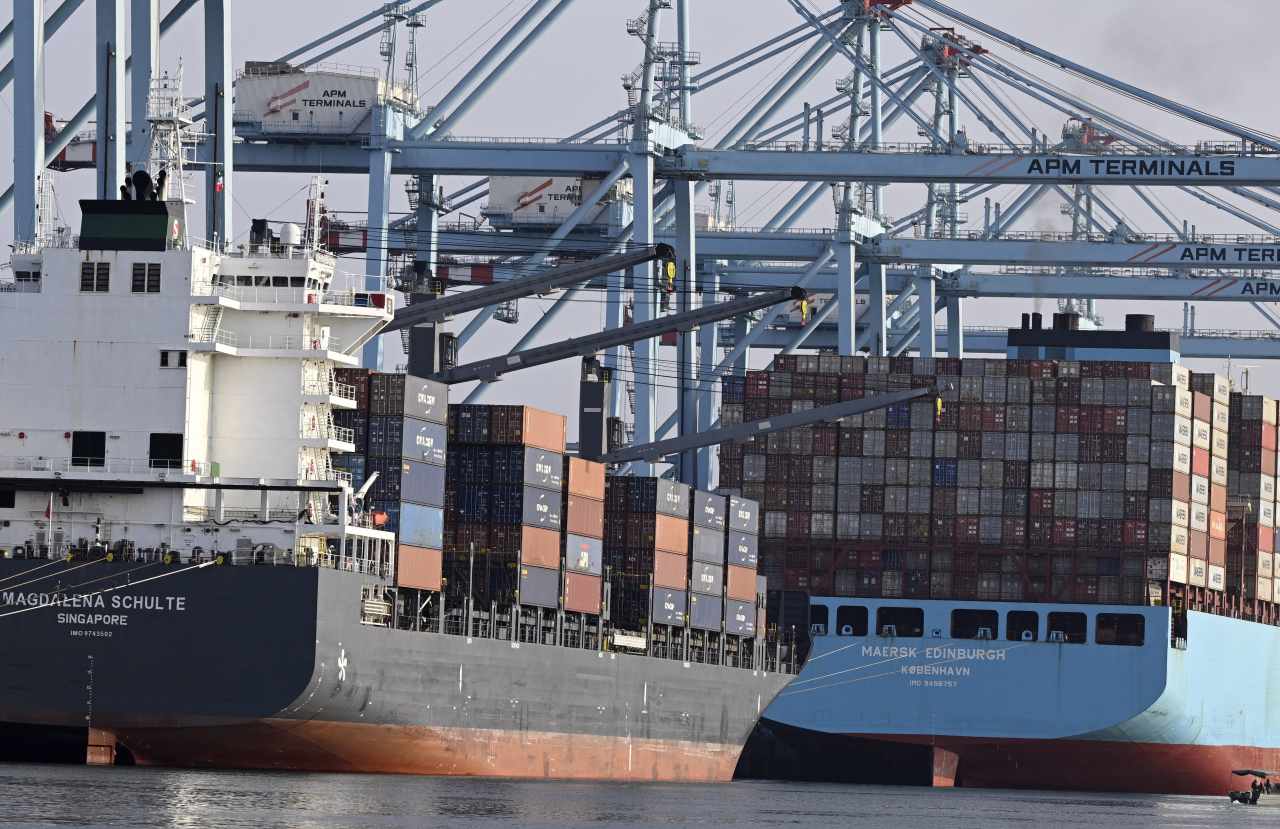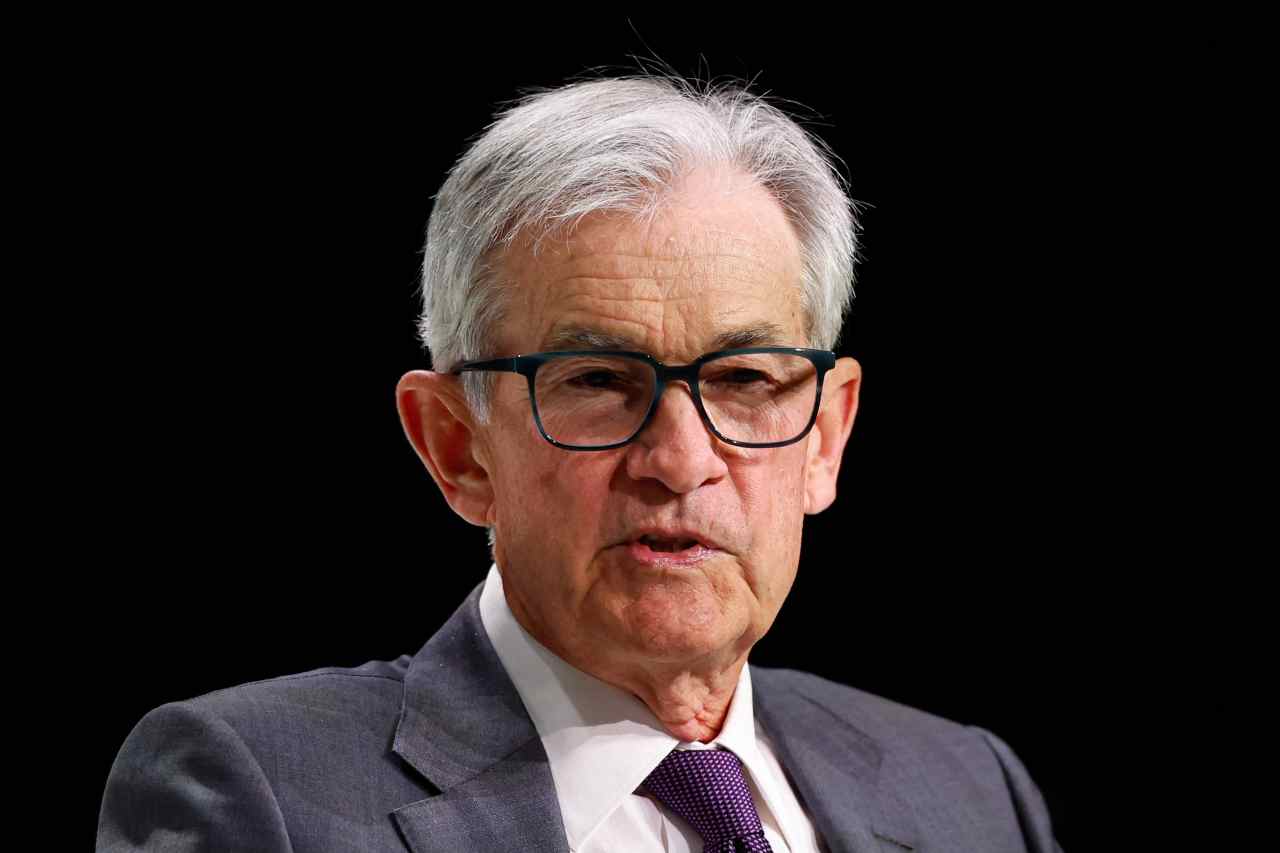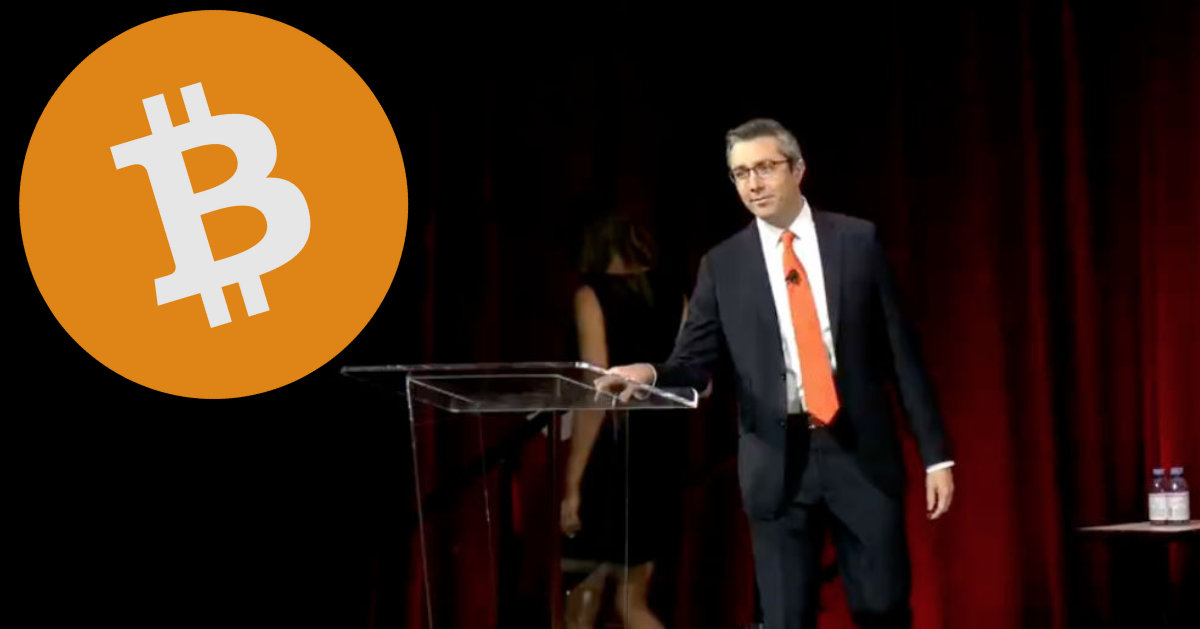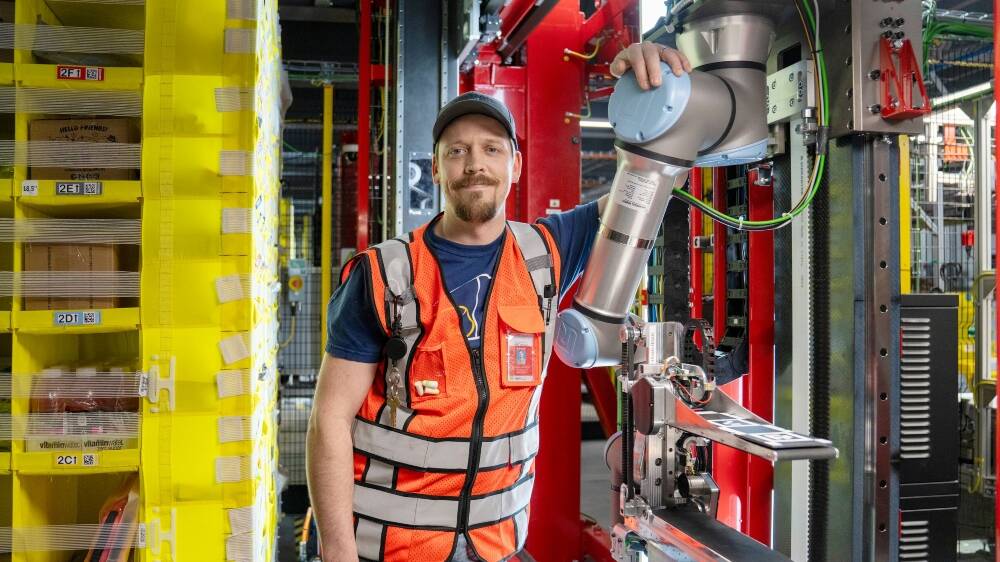Microsoft protects Seattle-sized Washington forestland to help shrink its carbon footprint
Microsoft signed a deal to protect a swath of Washington forest that’s bigger than the city of Seattle as a strategy for shrinking its carbon footprint. The partnership with EFM will support climate friendly forestry practices on 68,000 recently acquired acres on the Olympic Peninsula, which is known for its towering temperate rainforests. The deal will provide Microsoft with 700,000 carbon credits over the next decade. The software and cloud company also used its Climate Impact Fund to invest in EFM Fund IV, marking the first time that Microsoft has used its climate investment dollars to support forestry practices. The… Read More


Microsoft signed a deal to protect a swath of Washington forest that’s bigger than the city of Seattle as a strategy for shrinking its carbon footprint.
The partnership with EFM will support climate friendly forestry practices on 68,000 recently acquired acres on the Olympic Peninsula, which is known for its towering temperate rainforests. The deal will provide Microsoft with 700,000 carbon credits over the next decade.
The software and cloud company also used its Climate Impact Fund to invest in EFM Fund IV, marking the first time that Microsoft has used its climate investment dollars to support forestry practices.
The two parties did not disclose the cost of the carbon credits or the amount invested.
Microsoft set a goal of becoming carbon negative by 2030, but its emissions keep rising, driven by the growing use of artificial intelligence. AI requires energy-intensive computing and the construction of data centers, increasing the Redmond, Wash.-based company’s carbon impacts.
The parcel on the Olympic Peninsula has been managed for industrial timber harvest for about a century. EFM, a forest management firm, incorporates sustainable strategies such as growing trees for longer before they’re logged, taking steps to reduce the environmental harm of logging operations, and using selective harvesting where certain trees are felled or left standing.
“Our collaboration with EFM is a significant step towards unlocking the value of the latest scientific advancements in improved forest management as a carbon removal pathway,” said Brian Marrs, Microsoft’s senior director of energy and carbon removal, in a statement.
The overarching goal is to help working forests “function as robust carbon sinks,” EFM states, that hold carbon in the soil and vegetation.
Microsoft and many others working to diminish their climate harm are seeking both nature-based solutions like this agreement as well as technologies that remove planet warming carbon from the atmosphere.
EFM’s overall plan is to deploy $300 million with Fund IV, targeting forestland across the U.S., beginning in the West.
Microsoft is a leader in carbon removal, both in purchasing removal credits and in establishing marketplaces and removal standards.
The company was responsible for purchasing 80% of high-durability carbon dioxide removal credits worldwide last year, totaling 5 million metric tons, according to a report by Seattle-based Carbon Direct.
Microsoft last month announced a partnership with CO280, a Vancouver, B.C.-based startup, to capture and store carbon emitted from a U.S. pulp and paper mill. The tech company is paying for the removal of 3.685 million metric tons of carbon from the mill, marking one of the largest deals of its kind.


































































































































































































